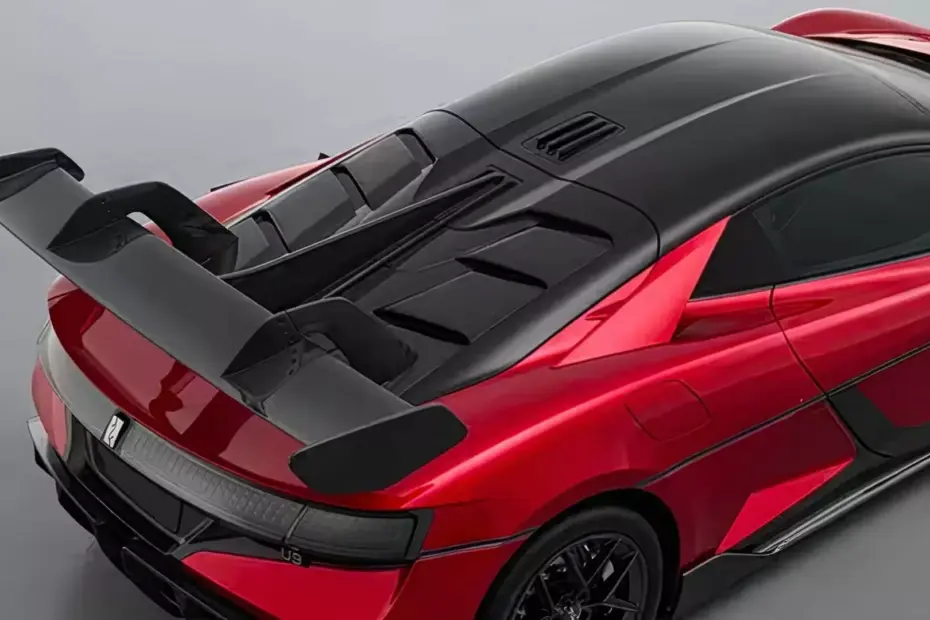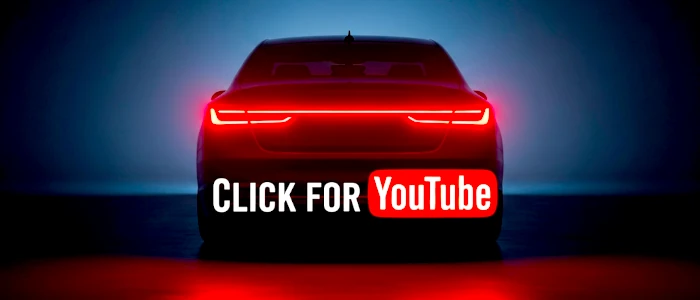Forget the old rules: the YangWang U9 Track Edition arrives with four electric motors, each producing 744 hp, totaling 2,976 hp (2,200 kW) — yes, exactly that. The track version takes aerodynamics and power delivery to a level that makes many supercars look pathetic.
How much real power does the U9 Track Edition deliver on the track?
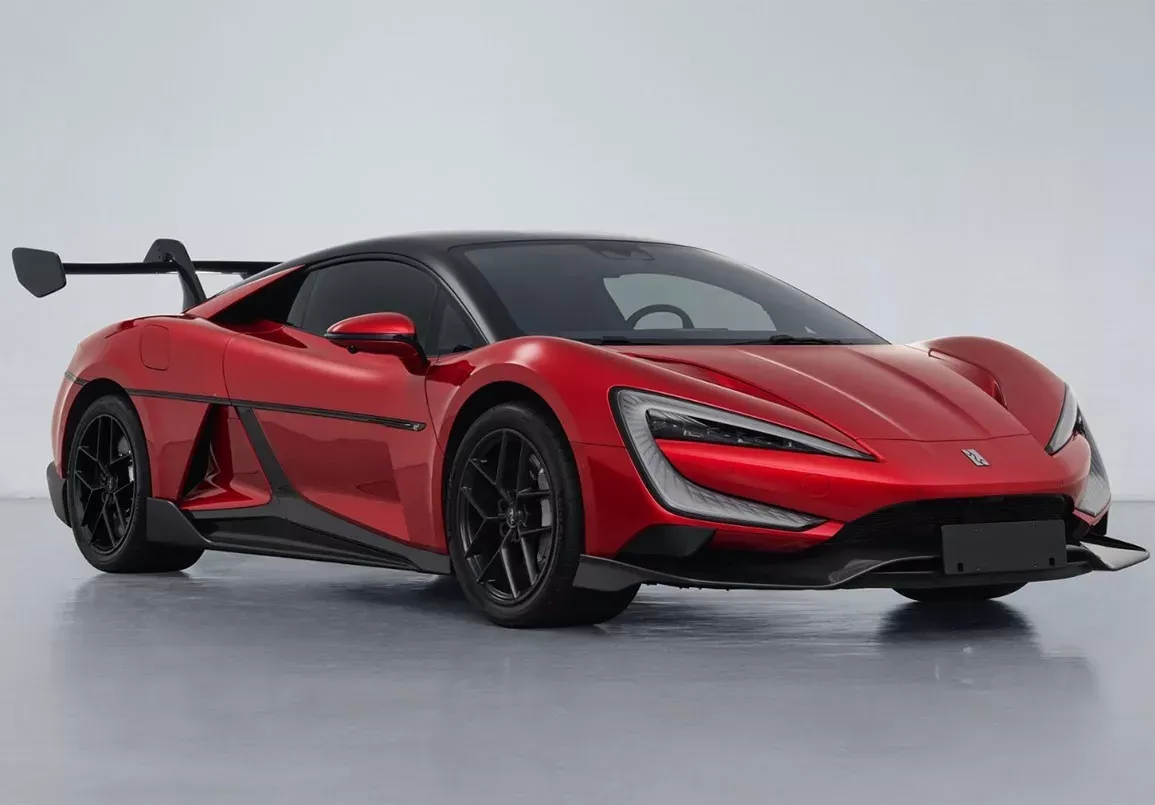
The package uses four independent motors, one on each wheel, enabling aggressive torque vectoring and instant responses. Official specs list 2,976 hp (3,019 PS) and, between us, that’s insane power; few EVs come close. For comparison, the Rimac Nevera offers 2,107 hp — official public figures from the manufacturer — and is currently the benchmark to beat in the ultra-high-performance electric scene (source).
Here’s an honest question: are these 2,976 hp always available? No confirmation that all motors can run at peak continuously all the time. In electric hypercars, power maps fluctuate based on temperature, battery state, and driving mode. Still, the promise is a missile straight out of a turn and a power roller in short straightaways — exactly what a track day needs. If you like “brutal compactness,” it’s worth comparing to the focused setup of the Rezvani RR1 750, which represents the other extreme: lightness and sharp internal combustion engine.
How does the Track Edition differ from the U9, and why does it matter?
Visually, the U9 Track Edition maintains the base of the “regular” U9 (which “only” has 1,287 hp), but adds a new front splitter to push the front axle down, a carbon fiber roof to cut weight up top, and 20” wheels fitted with 325 mm tires on both axles. At the rear, it retains the swan-neck style wing and a wide diffuser — providing downforce where it counts.
Official top speed figures state 217 mph (350 km/h), but the standard U9 has already hit 244 mph (391.9 km/h) in testing, so it’s fair to suspect the Track Edition has some extra breath in reserve. The figures exceeding 1,900 hp are getting more insane — the Lotus Evija also operates in this territory, with official data and a focus on track performance (source). In terms of weight-to-power balance, the swan-neck wing and carbon body shell make a real difference in speed and cornering grip.
What’s the speed and acceleration potential of this hypercar?
With 2,200 kW pushing four 325 mm tires, traction shouldn’t be a problem. The official top speed is listed as 350 km/h (217 mph), but considering what the base U9 has already demonstrated, I’d expect more in long-track scenarios. Acceleration? No official 0–60 mph data, but with 2,976 hp and vectorization, it will be ridiculously fast. And here’s where the old school trembles: remember the Veyron paving the way for four-digit figures; now EVs are surpassing that effortlessly — exactly what the new chapter of Bugatti is facing as it moves away from the W-16, as discussed in the W‑16 “Brouillard” chapter.
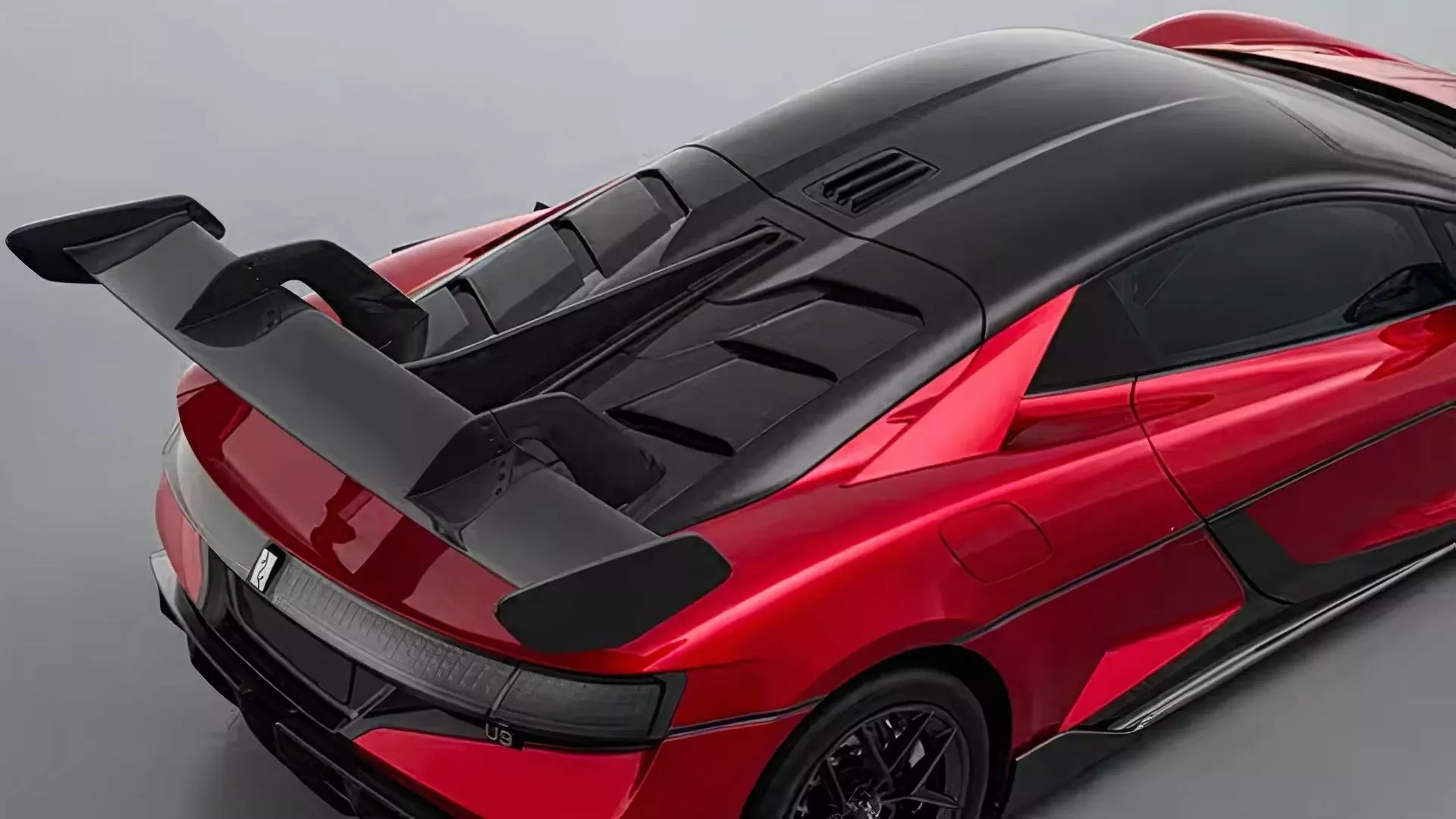
Important: sustaining peak power for long periods without top-tier thermal management isn’t feasible. Track-focused electric hypercars rely heavily on cooling efficiency. Official figures and technical leaks have been described as “surreal” in specialized communities, with ongoing reports on YangWang-related media (source). If BYD gets the thermal management right, everything else will fall into place.
Can the battery and cooling system handle this level of insanity?
With peaks approaching 3,000 hp, the battery must deliver enormous current over short windows, requiring high-density modules, robust busbars, and turbocharged liquid cooling. On the track, expect full power for short stints, with active cooldown and protective mapping to preserve the pack’s health. It’s the price of playing gods with electric power without burning everything out.
Another key piece is the suspension and aerodynamic body control. Active systems and fine-tuned damping work wonders in keeping tires supported and temperatures in check. Solutions from high-performance hybrid ride control systems already point the way, like the chassis finesse seen in the Porsche Panamera 4 E‑Hybrid — of course, in a different context, but the philosophy of controlling mass and energy remains the same.
Who are the direct rivals, and where does the U9 gain ground?
The clear competition is Rimac Nevera and Lotus Evija, which dominate the extreme EV segment today. The U9 Track Edition promises over 800 hp more than these two — quite a wild leap. If thermal delivery and aerodynamics are consistent, the battle in hot laps will be intense. In ICE/hybrid cars, the future is also rewriting the past: hybrid V16s, V10s fading away, and lightweight hybrids invading supercars. Want to see where things are headed? The Lamborghini Temerario is a great indicator of this shift.
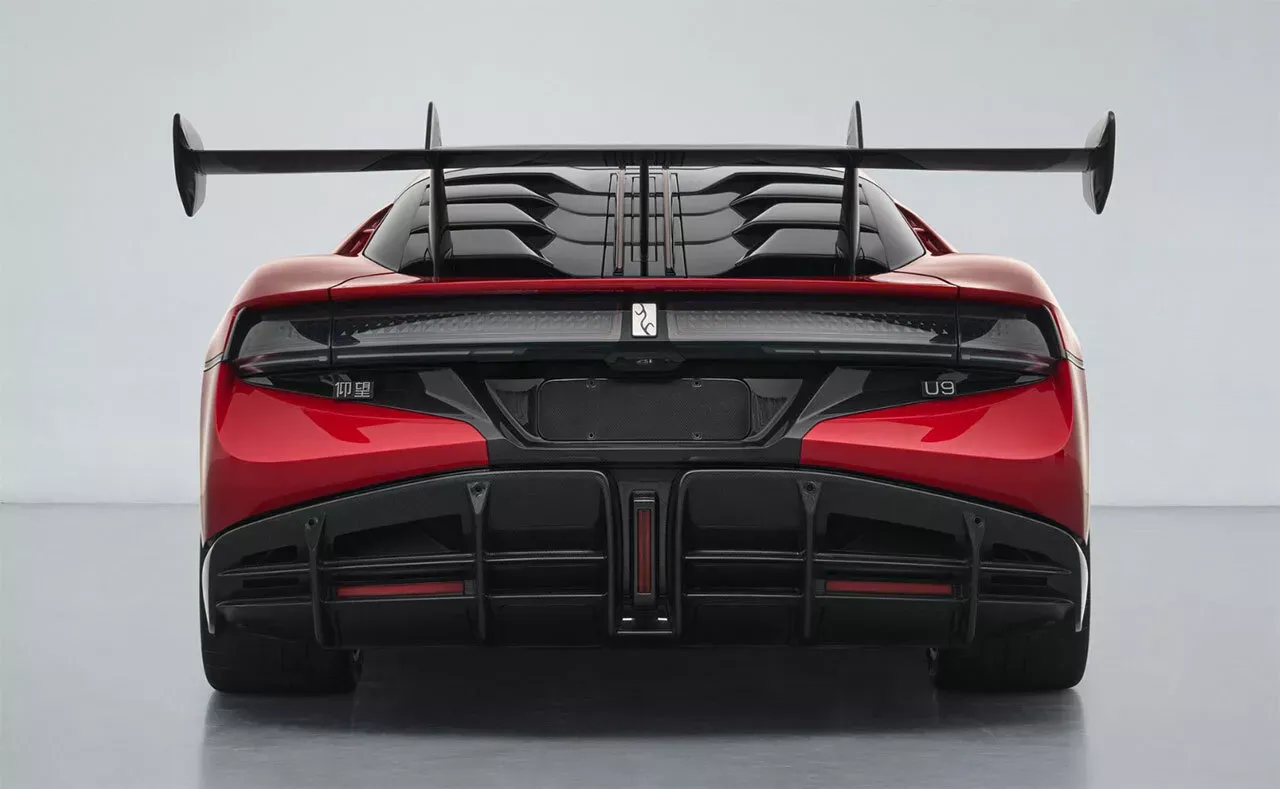
When it comes to “weight as a weapon,” intelligent hybrids remain relevant on the track due to balanced mass distribution and steering feedback. The British school continues to demonstrate this — the McLaren Artura reminds us that dynamic balance still beats raw power when it comes to confidence at the limit.
Quick comparison vs. competitors
- Power: 2,976 hp vs 2,107/1,972
- Motors: 4 independent
- Tires: 325 mm on all four
- Aero: splitter + swan neck wing
- Top speed: 217 mph (listed)
- Focus: track hot-lap
- Delivery: controlled short peaks
- Thermal management: critical
Technical highlights of the U9 Track Edition
- 4 motors of 744 hp (555 kW)
- Combined 2,976 hp (2,200 kW)
- Total power: 3,019 PS
- Specific front splitter
- Carbon fiber roof
- 20” wheels with 325 mm tires
- Swan neck wing and diffuser
- Listed top speed: 217 mph
FAQ — Questions I Would Ask Too
- Does it have 2,976 hp all the time? Probably not. In track EVs, peaks depend on temperature and charge level.
- What’s its 0–60 mph time? No official data. With this traction and power, expect absurd times (under 2 seconds wouldn’t surprise me).
- Can its top speed exceed 350 km/h? Possible. The standard U9 has already been documented over 390 km/h in testing.
- Price? Nothing official. Such boldness usually costs well above $1 million or €1 million.
- Is it a street car? Yes, homologated, but the “Track Edition” setup is designed for the track and hot laps.
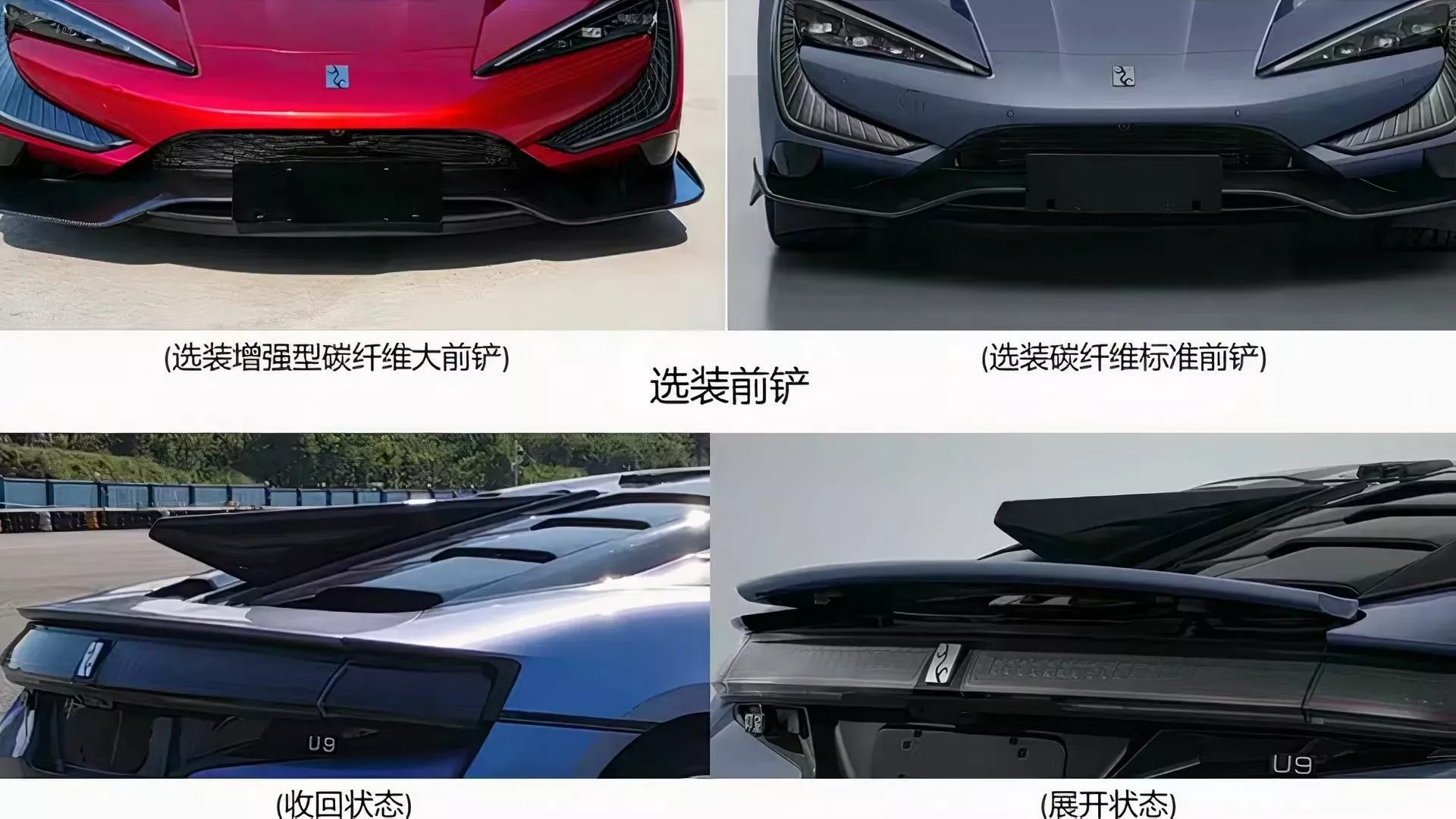
Want context about the electric revolution versus internal combustion? The transition has accelerated and is irreversible. Even combustion legends are shifting technology and philosophy — bidding farewell to iconic engines is real, and the pace of evolution is rapid (maybe even too fast at times). If you prefer a grand tour focused on premium electric vehicles with range and efficiency, I recommend checking out the e-tron universe and its range promises, like in this A6/S6 Sportback e‑tron to see another side of the spectrum.
My take: the U9 Track Edition is “overkill” in the best sense. It’s exaggerated, a slap in the face to the old guard, and yes, a rolling laboratory demonstrating how to manage nearly 3,000 electric hp without melting down. If BYD and YangWang nailed the cooling and mapping systems, we’ll have a new benchmark for electric hot-laps. If not, it will still be an engineering show and a number showcase that can scare any European exotic. Either way, it’s a win for enthusiasts.
Did you like it or think it’s too much power for the real world? Leave your comment: which rival would you line up against the U9 Track Edition on a timed lap?




Author: Fabio Isidoro
Fabio Isidoro is the founder and editor-in-chief of Canal Carro, where he has been writing about the automotive world since 2022. Passionate about cars and technology, he began his journey on the HospedandoSites portal and today dedicates himself to creating technical content and comprehensive analyses of national and international vehicles. 📩 Contact: contato@canalcarro.net.br

